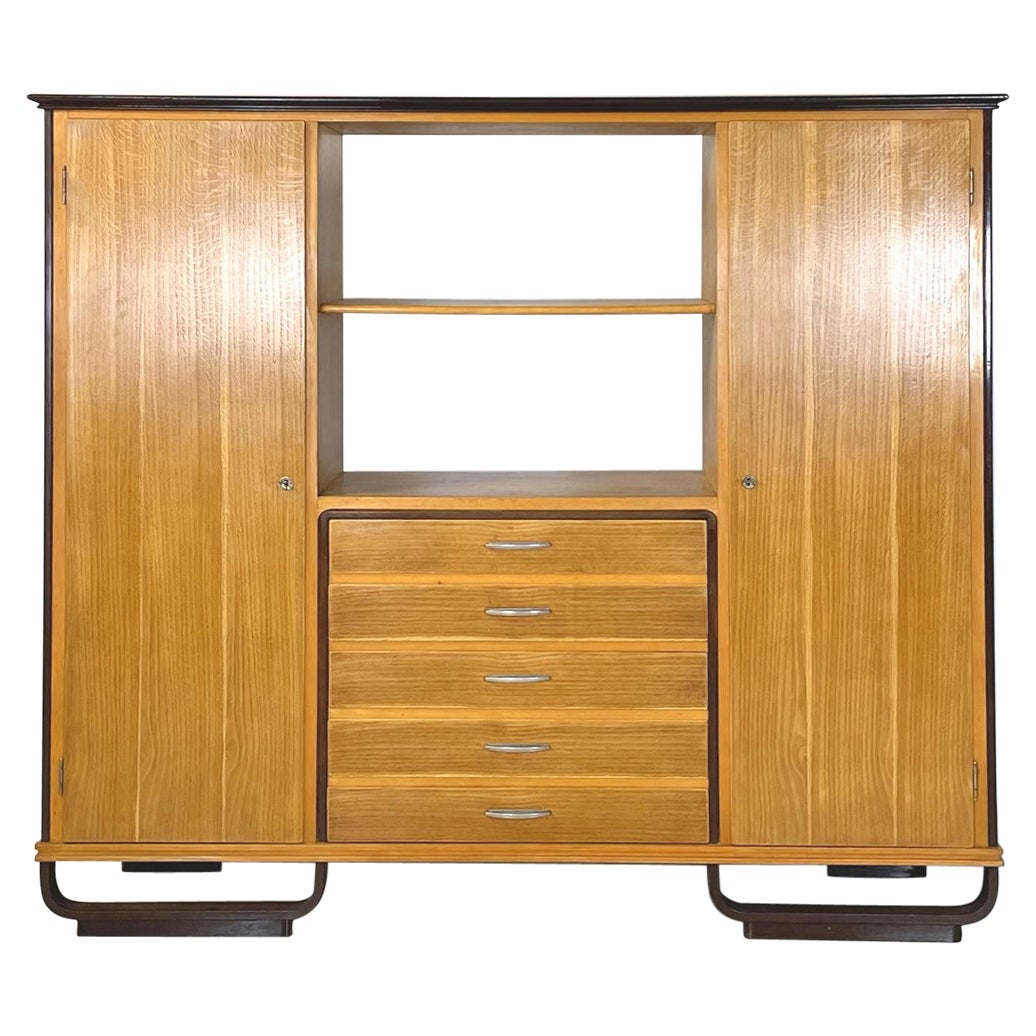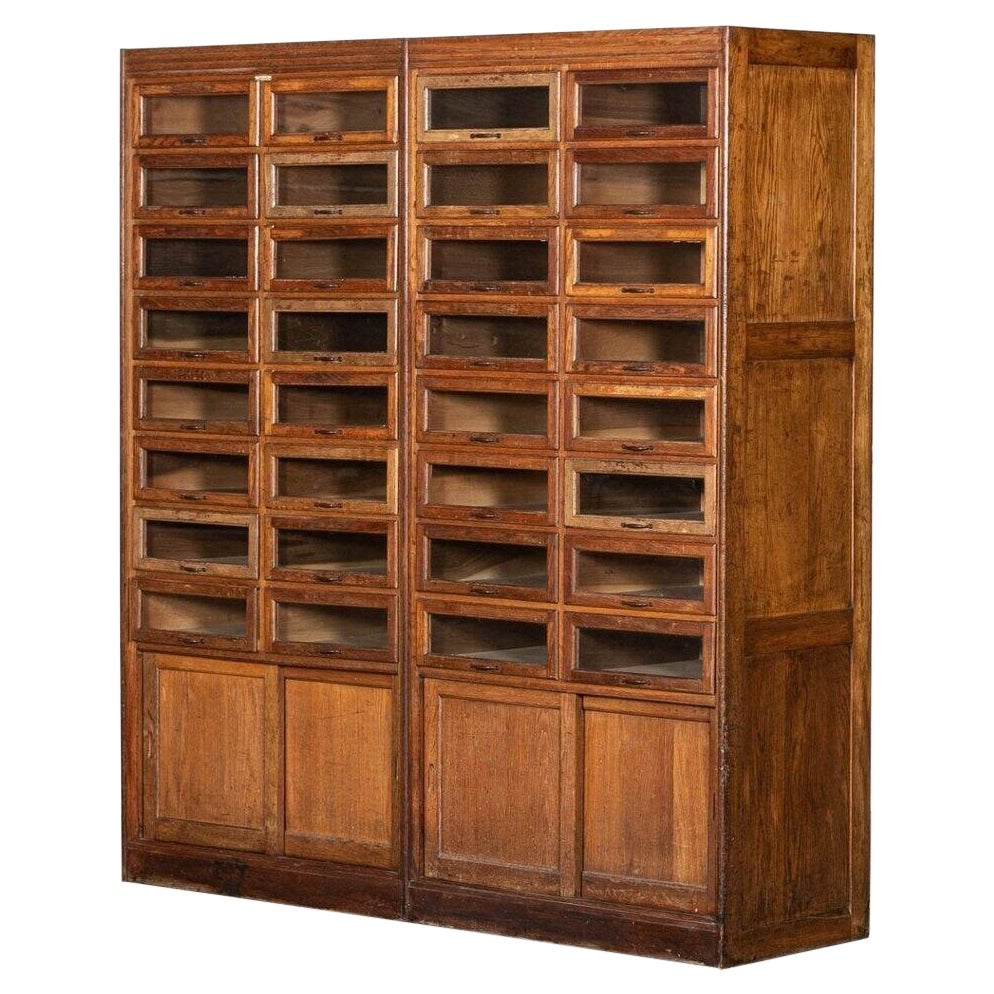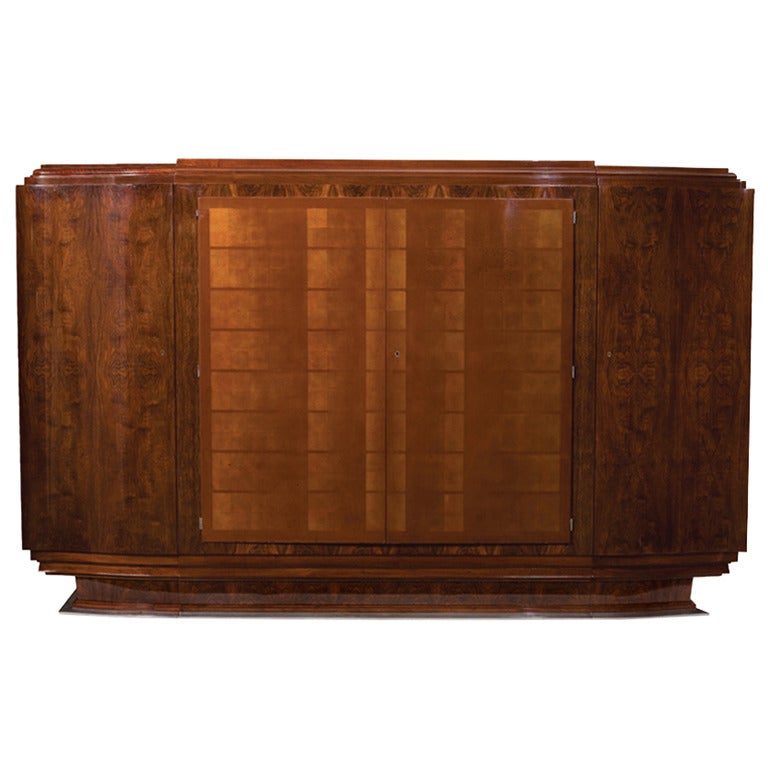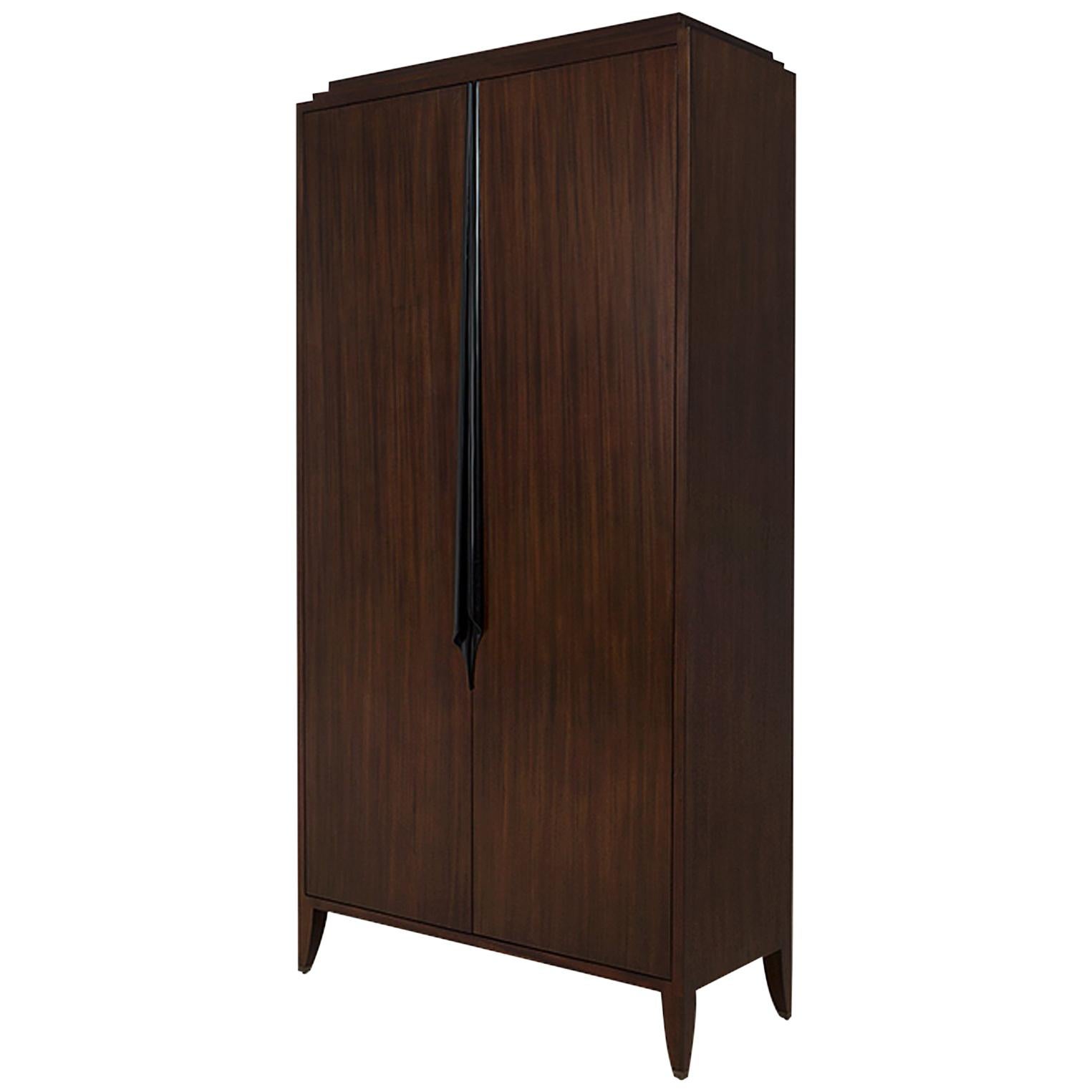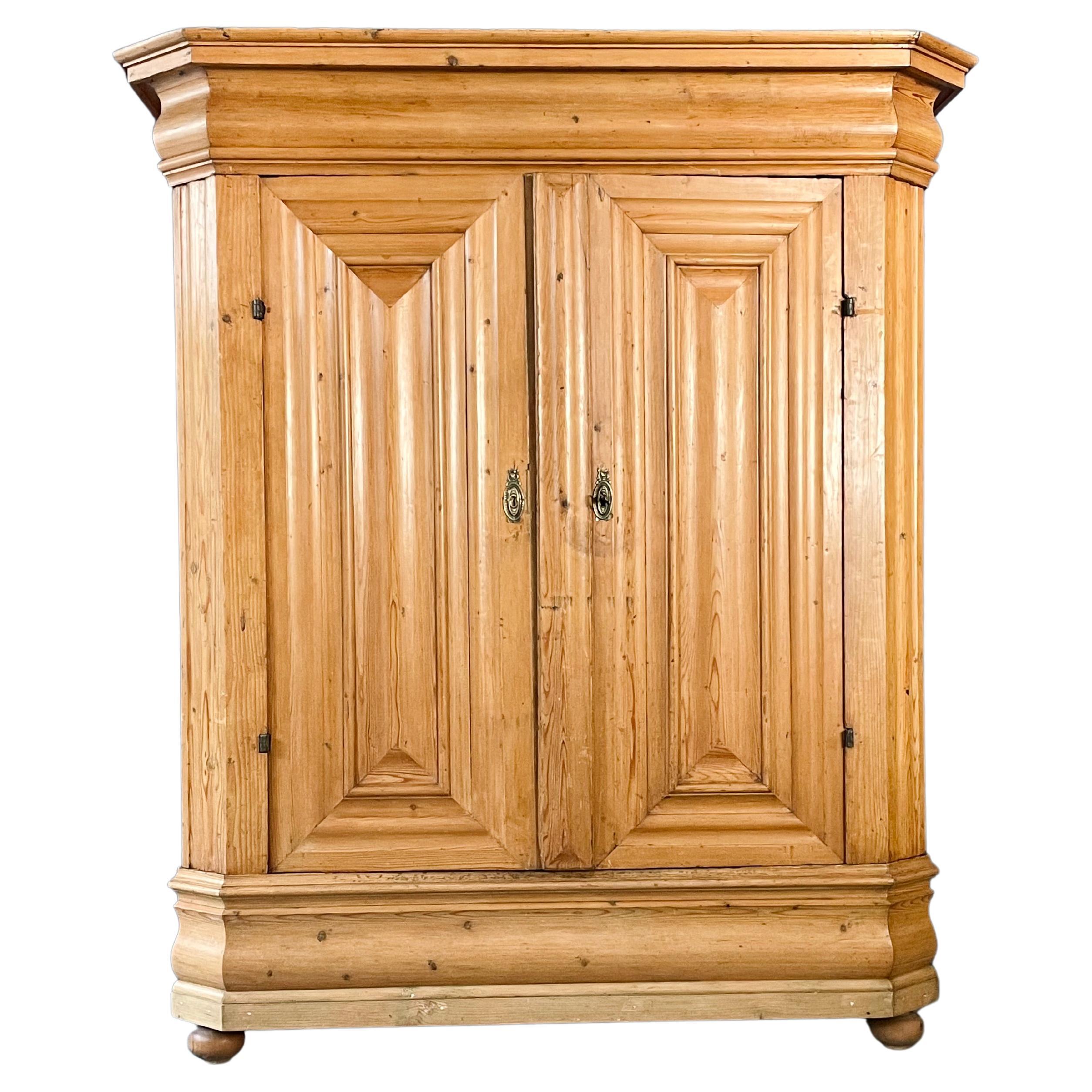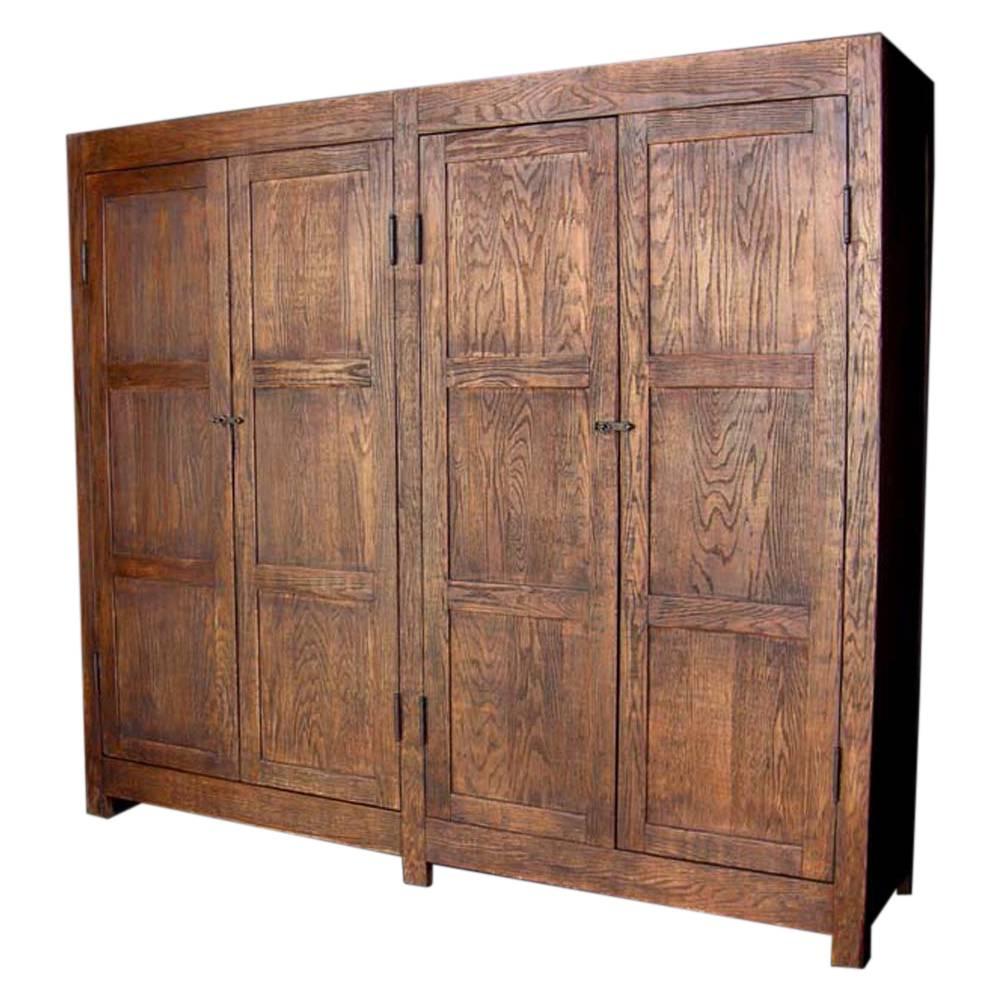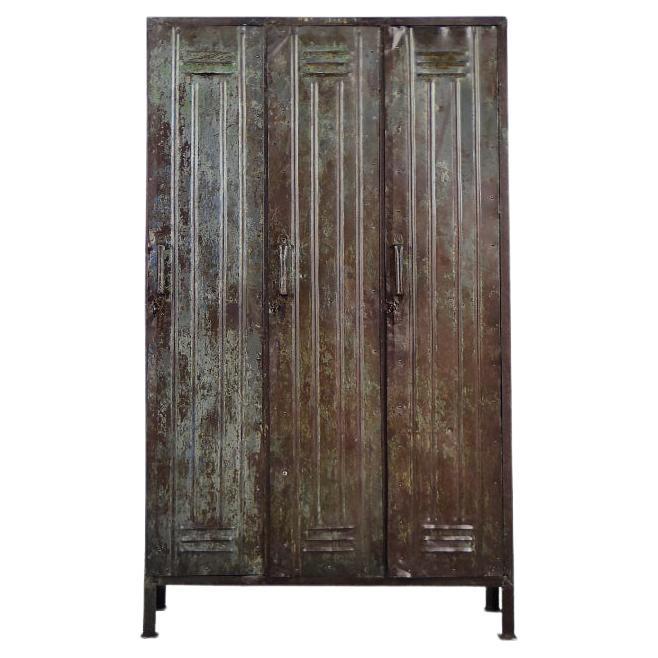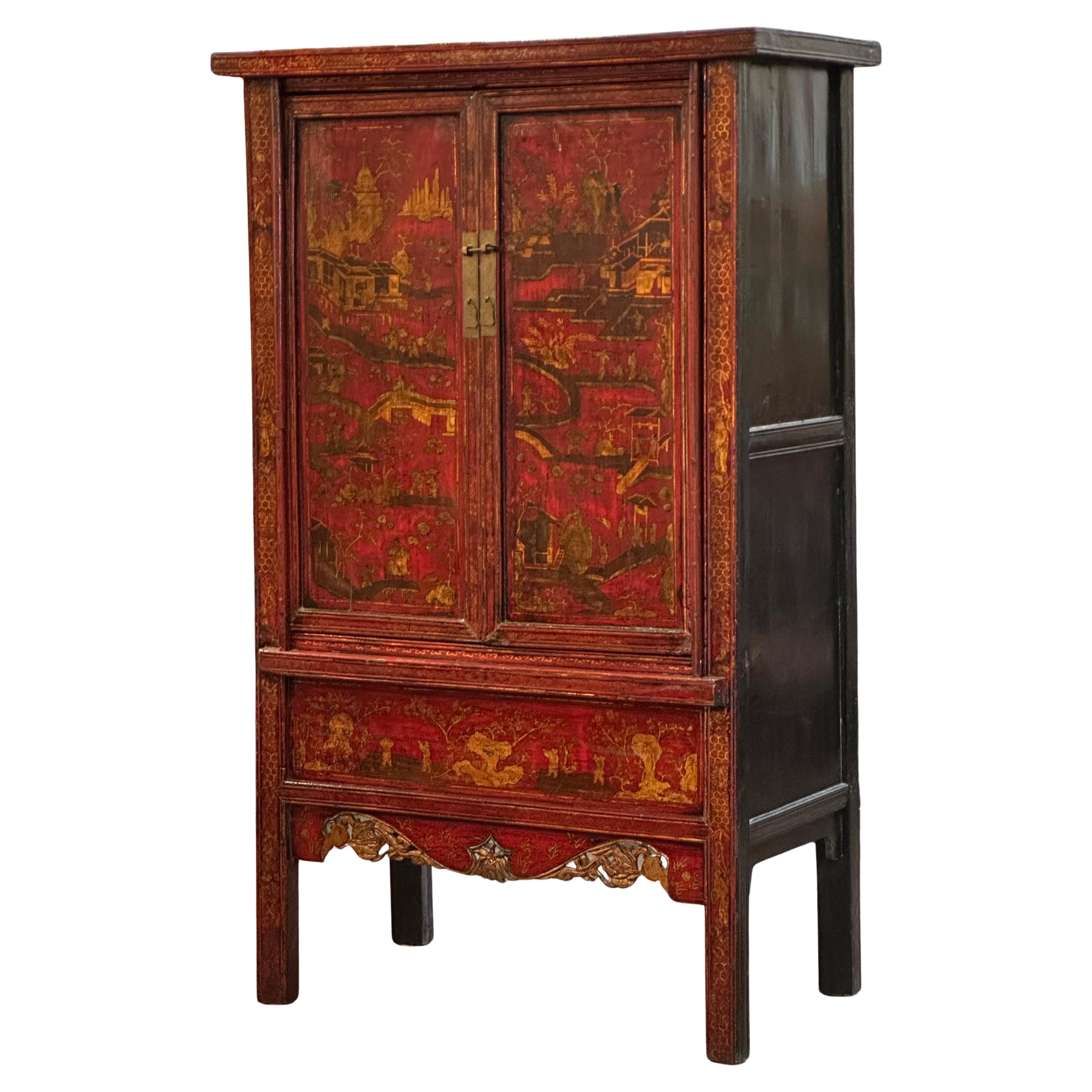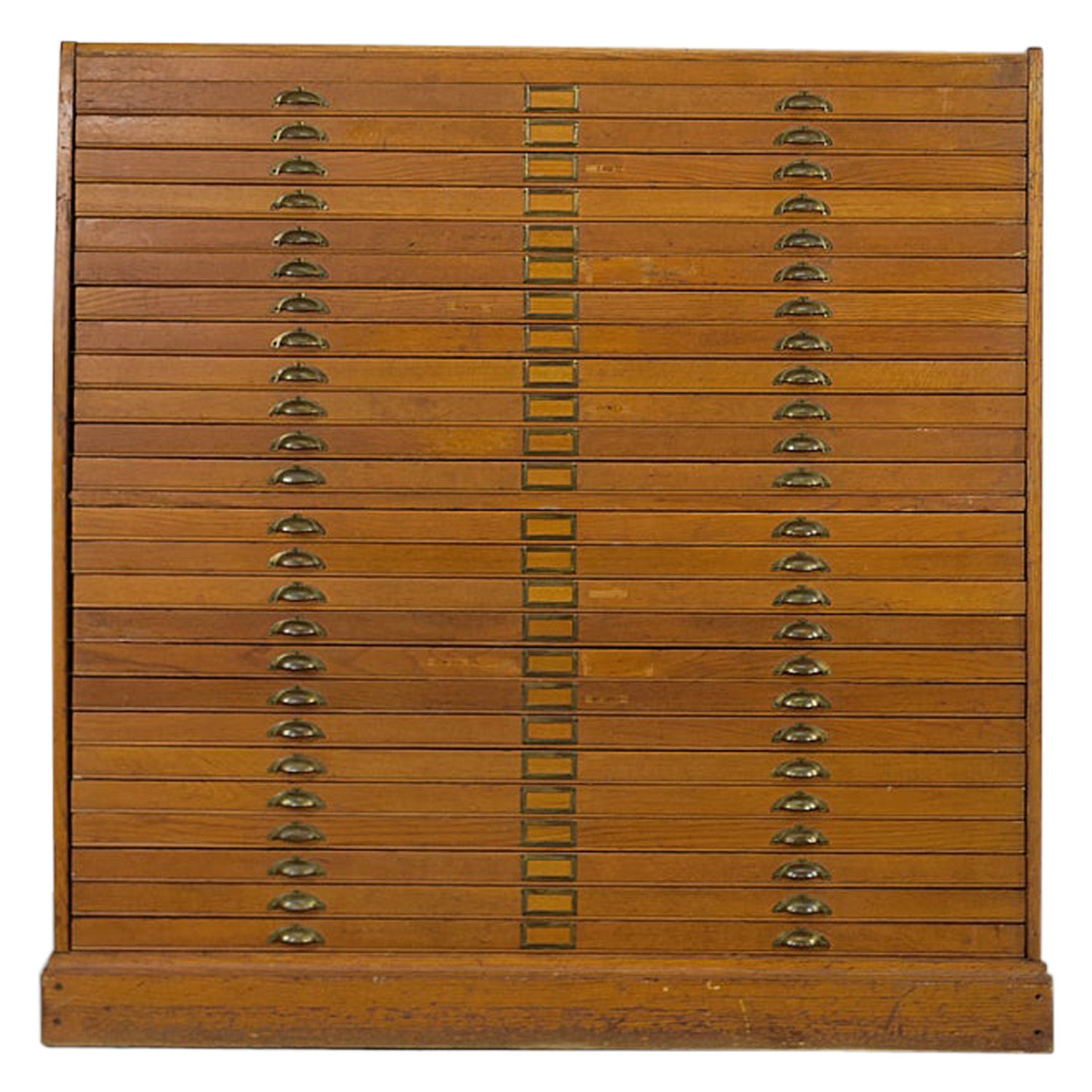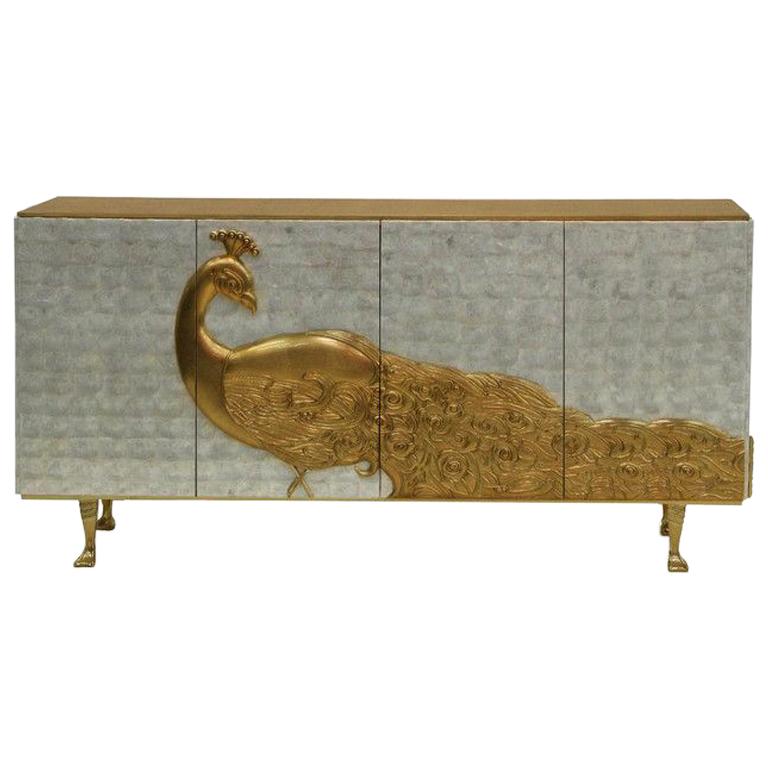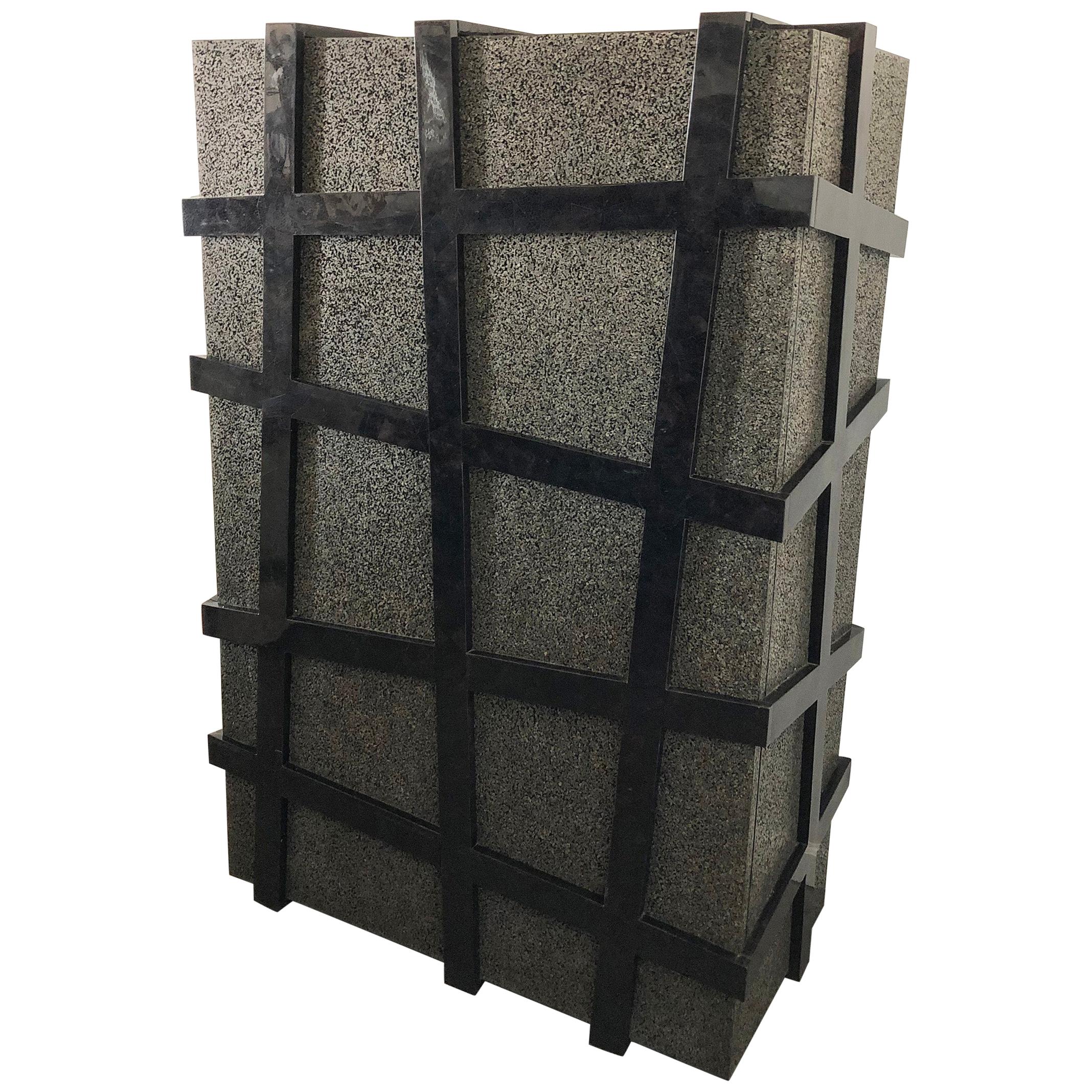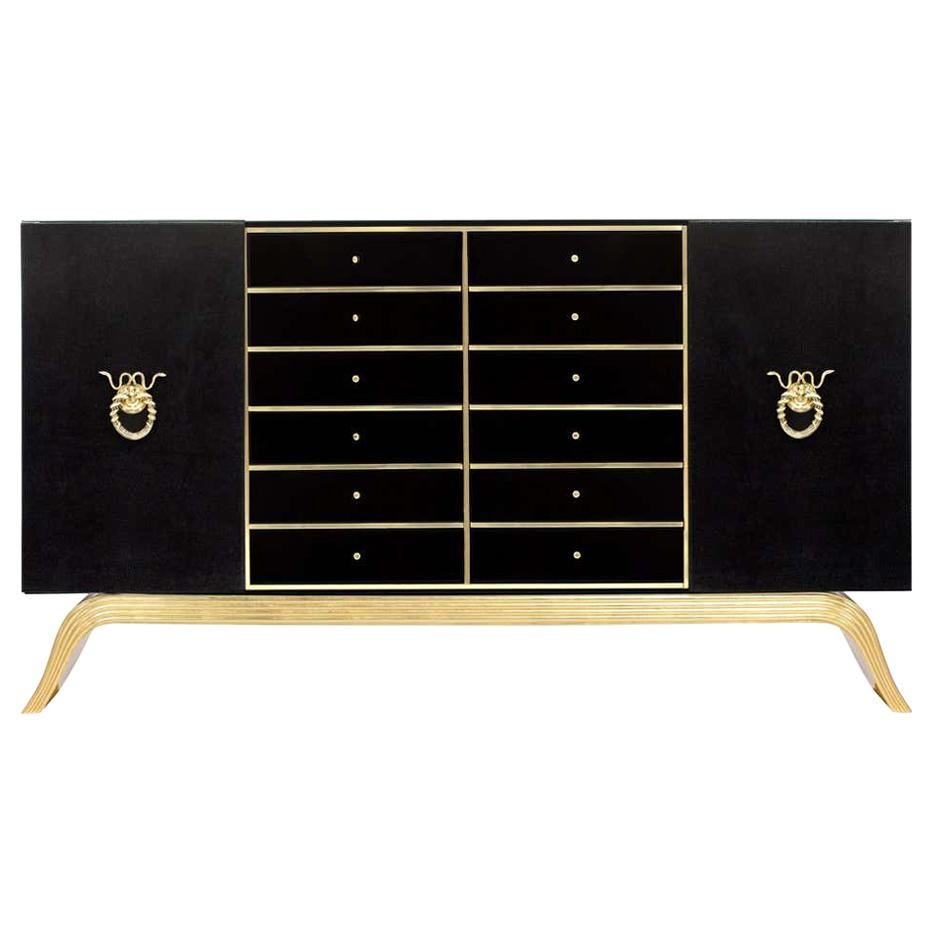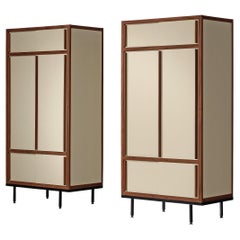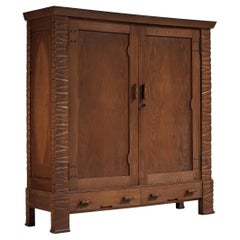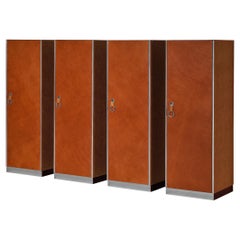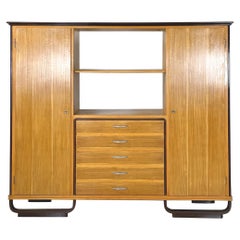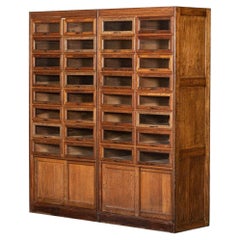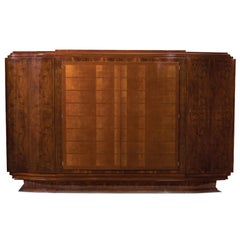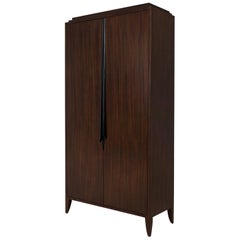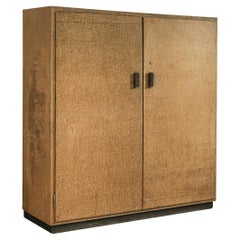
Giuseppe Pagano Pogatschnig & Gino Levi Montalcini Large Cabinet
View Similar Items
Giuseppe Pagano Pogatschnig & Gino Levi Montalcini Large Cabinet
About the Item
- Creator:Gino Levi-Montalcini (Designer),Giuseppe Pagano Pogatschnig (Designer)
- Dimensions:Height: 58.27 in (148 cm)Width: 55.12 in (140 cm)Depth: 18.12 in (46 cm)
- Style:Art Deco (Of the Period)
- Materials and Techniques:
- Place of Origin:
- Period:
- Date of Manufacture:1928
- Condition:Wear consistent with age and use. Every item Morentz offers is checked by our team of 30 craftsmen in our in-house workshop. Special restoration or reupholstery requests can be done. Check ‘About the item’ or ask our design specialists for detailed information on the condition.
- Seller Location:Waalwijk, NL
- Reference Number:Seller: 501126041stDibs: LU933131079942
Giuseppe Pagano Pogatschnig
An accomplished architect, exhibition designer, furniture maker and magazine editor, Giuseppe Pagano Pogatschnig helped direct Italy’s rationalist architectural movement until his death near the end of World War II. Wounded twice and captured twice in World War I, Pogatschnig left military service to work as the editor and director of Casabella architecture magazine and went on to design the V Milan Triennale and VI Milan Triennale alongside fellow Italian architect Gio Ponti.
Originally born in the Austro-Hungarian Empire, now modern-day Croatia, Pogatschnig studied Italian in Trieste before joining the Italian army to serve in the First World War. After that harrowing and traumatic experience, he became a founding member of the first Fascist Party in Parenzo. In 1924, he graduated from Turin Polytechnic with an architecture degree and began designing bridges, pavilions and buildings, including the Gualino office complex, in Turin. Nearing 1928, Pogatschnig began work on pavilions for the Turin International Exhibition.
Pogatschnig’s involvement in the V and VI Milan Triennales stand today as some of his greatest contributions to Italian architecture. He held full control over the design of the latter exhibition, in 1936, which led to the opportunity to design many of the interiors of the Italian Pavilion at the Paris Expo the following year.
Pogatschnig’s reputation as an architect and designer were overshadowed only by his outspoken nature as an editor. By 1942, he openly criticized the Italian regime and left the Fascist Party to join the resistance a year later. These activities led to his capture, imprisonment and escape from Brescia in 1944. Ultimately, Pogatschnig was recaptured, tortured and transferred across prisons to Austria’s Mauthausen concentration camp, where he died on April 22, 1945, less than a month before the end of fighting in Europe.
On 1stDibs, find vintage Giuseppe Pagano Pogatschnig seating, tables, and case pieces.

Established in 2006, Morentz has a team of approximately 55 restorers, upholsterers, interior advisers and art historians, making it a gallery, workshop and upholstery studio, all in one. Every day, a carefully selected array of 20th-century furniture arrives from all over the world at the firm’s warehouse, where the team thoroughly examines each piece to determine what, if any, work needs to be done. Whether that means new upholstery or a complete restoration, Morentz's aim is always to honor the designer’s intention while fulfilling the wishes of the client. The team is up to any challenge, from restoring a single piece to its original glory to furnishing a large-scale hotel project.
More From This Seller
View AllVintage 1960s French Mid-Century Modern Cabinets
Wood, Mahogany
Vintage 1930s Italian Art Deco Wardrobes and Armoires
Chestnut, Mirror
Vintage 1970s Italian Post-Modern Cabinets
Chrome, Aluminum, Steel
Vintage 1950s Italian Mid-Century Modern Cabinets
Brass
Vintage 1950s Italian Mid-Century Modern Wardrobes and Armoires
Brass
Vintage 1940s Italian Art Deco Wardrobes and Armoires
Glass, Walnut
You May Also Like
Vintage 1930s Italian Art Deco Cabinets
Wood
Early 20th Century Cabinets
Oak
Vintage 1930s French Art Deco Cabinets
Walnut, Lacquer
21st Century and Contemporary English Wardrobes and Armoires
Mahogany
Antique 18th Century German Baroque Cabinets
Wood
21st Century and Contemporary American Rustic Cabinets
Oak
